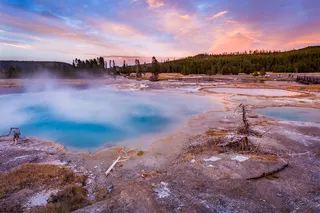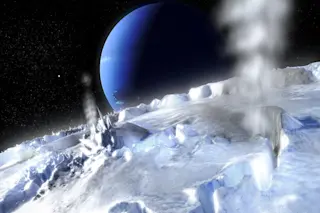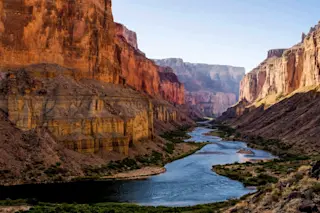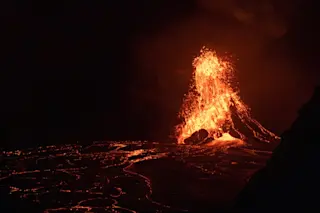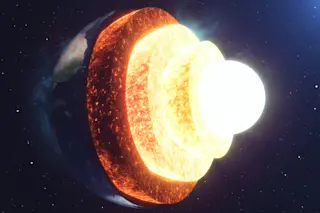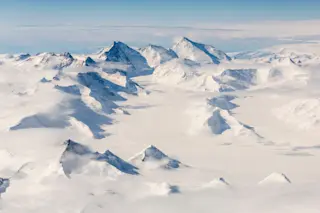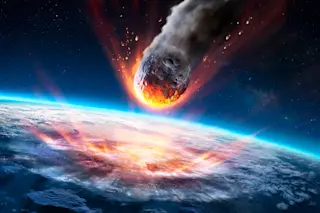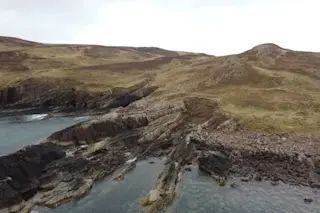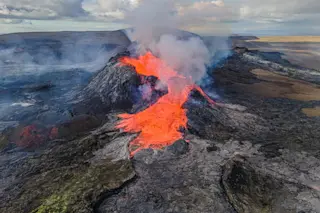Mt. Fuji (a volcano with more names than almost any other) in Japan is one of the most historically important volcanoes, possibly only rivaled by Vesuvius in its place in the mind's of people. In Japan, it is sacred, one of the three holy mountains of Japan, and visited frequently - one of the most popular hiking destinations on the planet with over 200,000 visitors a year. It can appear tranquil, but has a history that is more violent than the near-perfect stratocone (see top left) shape betrays.
Mt. Fuji is a product of the subduction zone that straddles Japan, with the Pacific Plate (to the north) and the Philippine Plate (to the south) subducting underneath the Eurasian plate. This is what drives the volcanoes and seismicity that occur so frequently in Japan, including volcanoes like Sakurajima, Kirishima, Unzen and, of course, Mt. Fuji.
Painting by Katsushita Hokusai of Mt. ...



